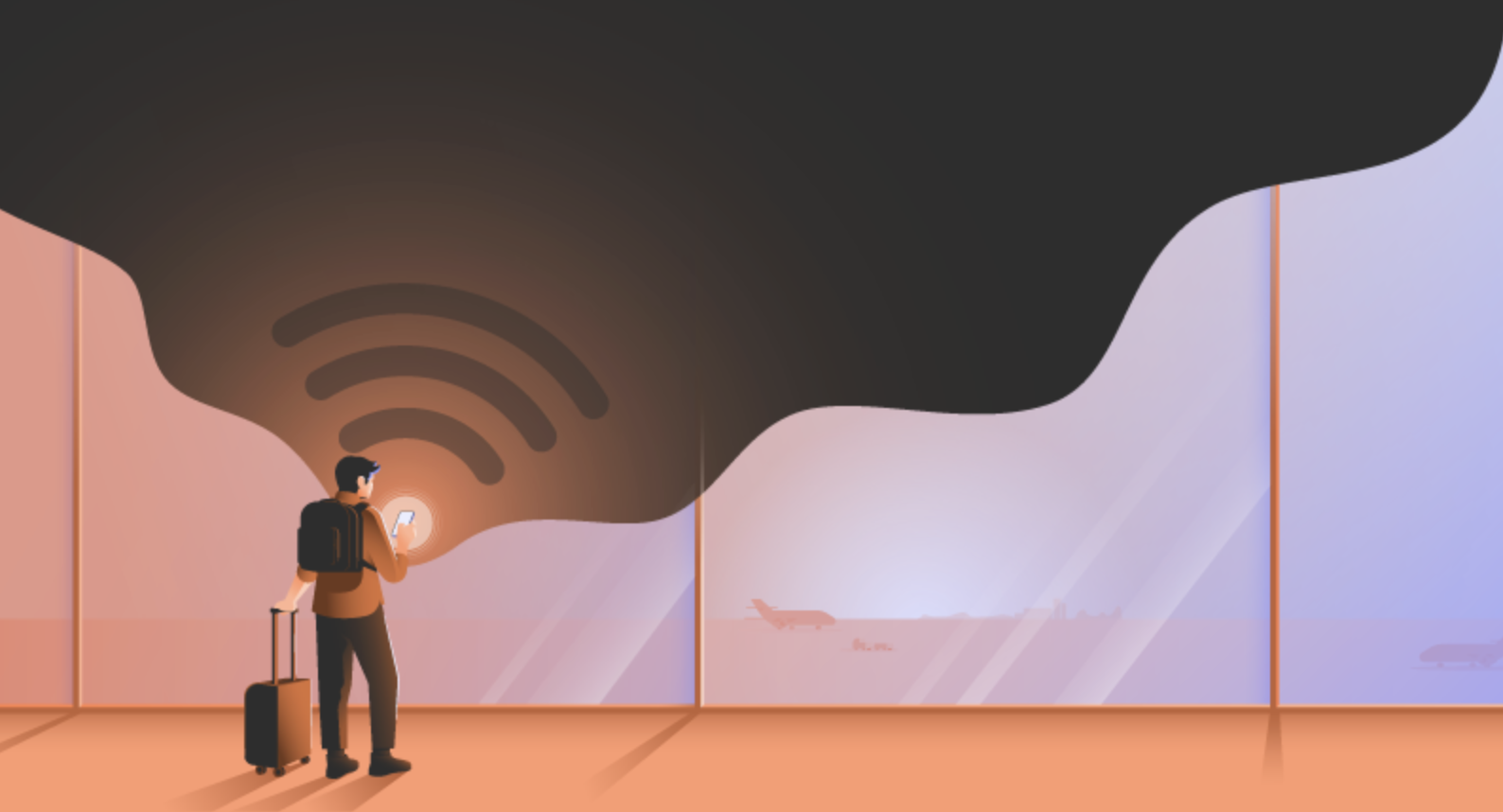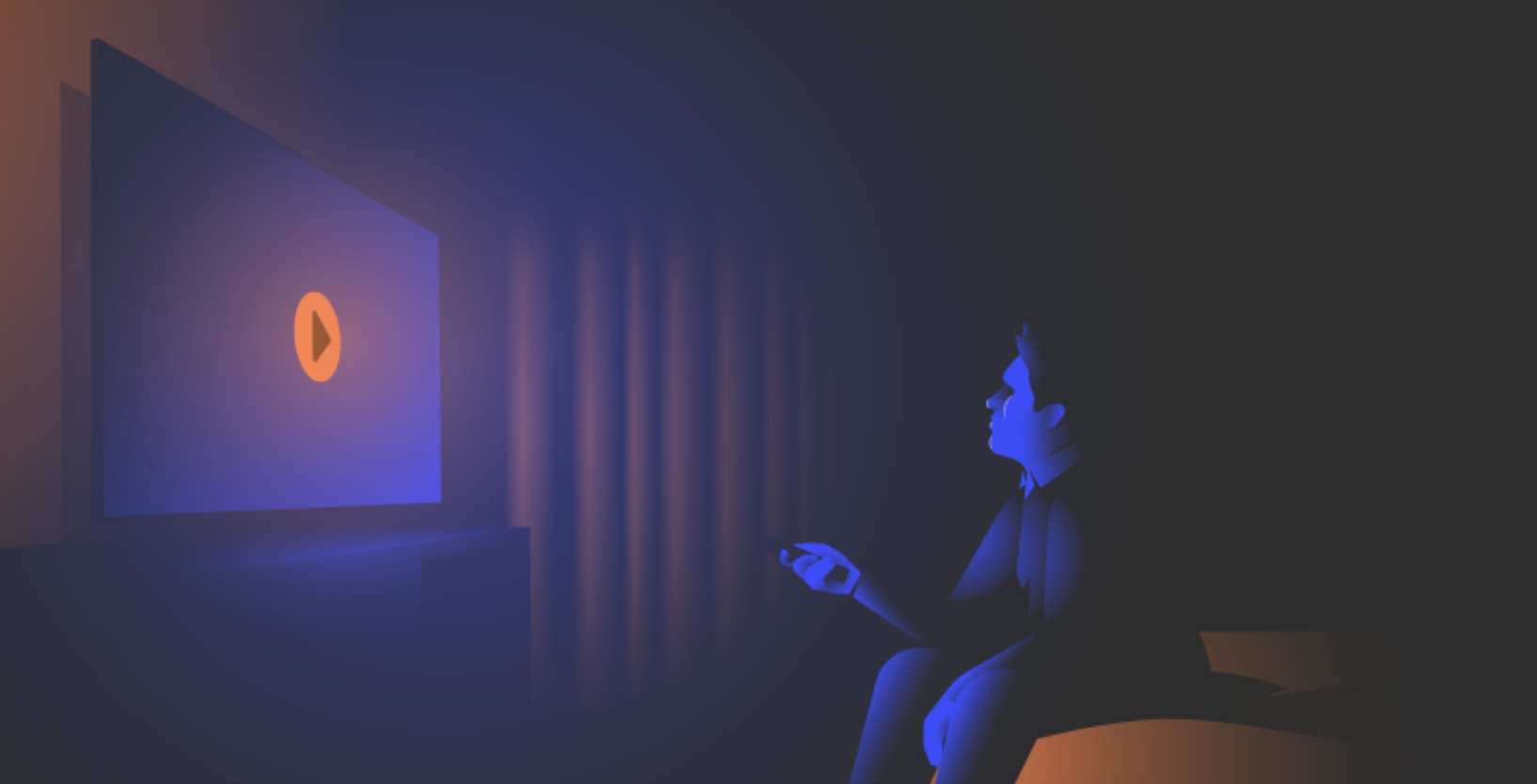
The Internet is quickly becoming a battlefield between humans and bots. Today, many bots scavenge through the Internet, mimicking human behavior. They are capable of engaging in complex interactions, spreading misinformation, and even perpetrating fraud.
Data shows that in 2023 alone, 49.6% of all Internet traffic came from bots. This was the highest level recorded since Imperva began monitoring automated traffic in 2013.
That’s a big deal. This article shows you how to spot bots online, keep your accounts safe from them, and deal with the growing number of bots on the Internet.
The increase in sophisticated bots
Unlike their basic predecessors, sophisticated bots are designed to mimic human behavior with high precision, making them much harder to detect and combat.
These advanced bots can perform tasks such as viewing ads, clicking on links, and filling out forms, often for fraudulent purposes. In many cases, they are typically installed on devices through malware and can operate undetected in the background, blending seamlessly with legitimate user activity.
One key advancement in sophisticated bots is their ability to evade traditional detection methods. Early bots were relatively easy to spot due to their repetitive and mechanical behavior, such as repeatedly accessing a website from a single IP address.
Advanced capabilities
Modern bots use a variety of techniques to mask their presence. They can rotate through different IP addresses, use residential proxies, and even simulate human actions like mouse movements and keystrokes. This makes them capable of bypassing security measures such as CAPTCHA challenges and other bot detection systems.
Bad bots are particularly focused on attacking APIs, exploiting them to conduct activities like account takeovers, which have risen significantly. These attacks target the business logic of applications and APIs, manipulating them to gain unauthorized access or steal sensitive data. The industries most affected by these sophisticated bots include Financial Services, Healthcare, and Gaming, with these sectors experiencing the highest volume of bot traffic.
The effects of bots on digital ecosystems
One of the primary risks presented by the increase in bot activity is the distortion of online interactions and data. Bots can artificially inflate engagement metrics, such as views, likes, or followers, creating a false sense of popularity or credibility.
This manipulation not only skews analytics but also undermines the authenticity of online discourse. For businesses relying on these metrics to gauge performance or make decisions, bot activity can lead to misguided strategies and resource allocation.
Security breaches represent another major concern. Malicious bots are often employed in cyberattacks, including distributed denial-of-service (DDoS) attacks, which can overwhelm and crash websites or services.
They’re also used for credential stuffing, where bots attempt to gain unauthorized access to your entire user management system using stolen login information. These security threats not only disrupt services but also compromise user data, leading to potential financial losses and reputational damage for organizations.




